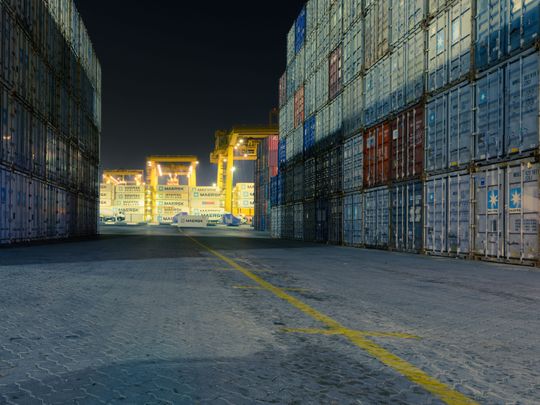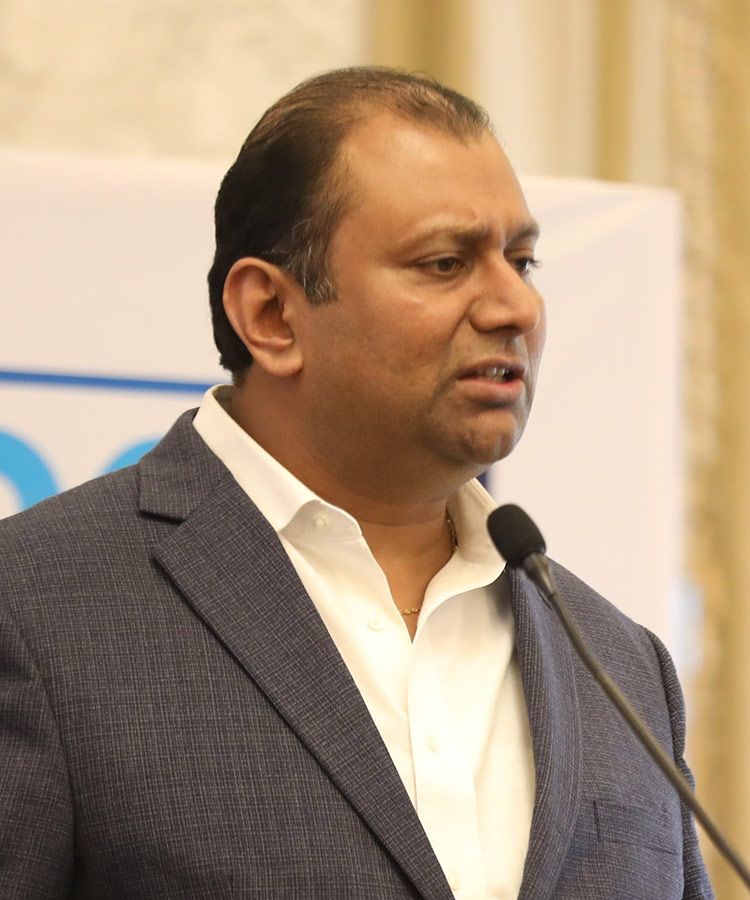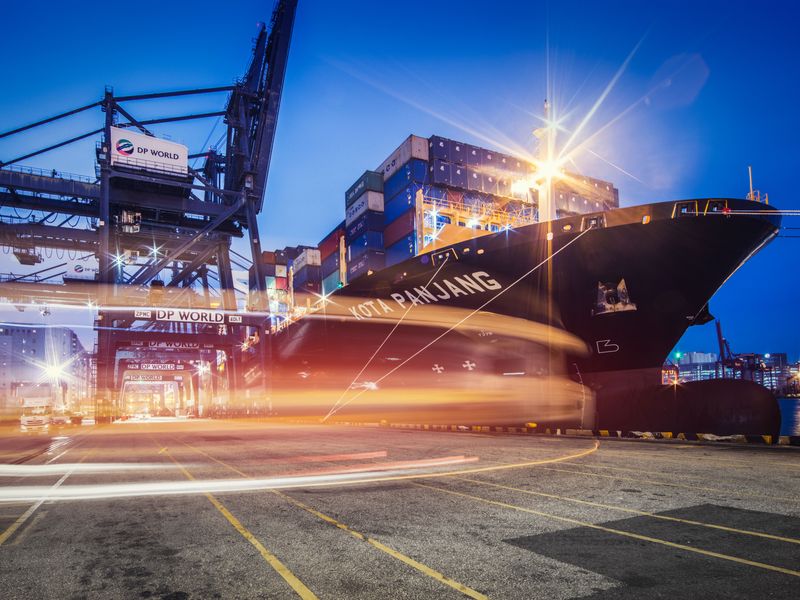
Dubai: Discover new trade routes. Or create new ways to get goods from one part of the world reach the intended destination in the fastest and least expensive way.
That is precisely what Dubai-based ‘World Logistics Passport’ has set out to do, a venture that has already got on board 23 countries, including vital trade-focussed economies such as India, Brazil and Vietnam. More will sign up as the WLP initiative finds a receptive audience, with Dubai being the central hub in that flow of goods.
The long-term aim is for WLP to be handling 50 per cent of the global movement of goods, cutting across countries and continents. And using a mix of sea, air and other transport means to deliver them.
“The WLP is about reducing time and cost - one way of accelerating the flow of trade is bringing the price [of freight] down,” said Mike Bhaskaran, CEO for the World Logistics Passport initiative. “Second way to do that is reduce time taken.
“But equally important is to create new routes, even better routes than we have right now. So, to put it simply, World Logistics Passport is about ‘enabling global trade’.”
The timing of this initiative couldn’t have gotten any better. Early 2020 showed that the world economy could not rely solely on the smooth flow of goods from China’s ports to keep trade ticking. The COVID-19 created series of disruptions that started with goods and containers being stuck at ports. The ripples are being felt to this day – the landed cost of building materials and raw materials reaching UAE have shot up significantly since October last.
COVID-19 wasn’t the only reality check global trade flows got. There was the blockage in March at the Suez Canal created by the grounding of ‘Ever Given’ – six-day fiasco that cost trade to take a 12 per cent hit.

New routes
But are there new trade routes or sea lanes that are waiting to be discovered? Surely, by now, the world would have found all of them?
“Supply chains need to be relooked at – that means creating new routes and solutions after the pandemic,” said Bhaskaran. “When some activity happens that disrupts the global flow of merchandise, there are always ways to create alternatives. That’s what spawned the WLP idea.
“The Suez Canal incident forced the industry to figure out alternative routes. How do we have resilience, how do we ensure business continuity – all of these questions started appearing for supply chain operators. This is where WLP becomes a key initiative.”

Who’s eligible
DP World, the ports and free zone operator, is uniquely placed to be at the centre of all this. Apart from its operations out of Jebel Ali, the company operates ports and terminals across continents, including an expanded role in Africa and Latin America.
But it does not mean only DP World operated assets can be used in the WLP model. “Anybody who is involved in the flow of trade – freight forwarders, large enterprise customers such as UPS or LG can all become members,” said Bhaskaran. “Of course, there are ports and government agencies and countries that can provide easy access or reduced costs through their ports.
“The WLP encompasses the entire value chain for end-to-end flow of trade…”
All of that plus at reduced time and cost. The official is quick to point out that it’s not about moving goods among from and between emerging economies. “There are quite a few customers right now that we actually support from Europe,” he added. “We provide a platform for them to find new markets. This is for everybody who’s interested or involved with trade.”
An eye on 50%
In time, WLP hopes to account for 50 per cent of the global trade being routed through its network. And the promise of a 5-10 per cent uplift in trade volumes for participating countries.
“This is open to one and all and it’s not at all necessary that DP World has to have a direct role in those countries,” said Bhaskaran. “The WLP is free to all and any business anywhere can sign up.
“Given the nature of trade, everyone will understand how important the World Logistics Passport is. There is acceleration [of goods] through the ports, and making sure there is good governance. The biggest challenge is to ensure continuity – in one, two or three years, making sure this programme continues to deliver results.”
Malaysia's Johor Port is another partner, makes Malaysia one of the latest hubs to join the WLP. Johor Port remains a core part of the Johor Strait route, and with a distance-to-air of 45 kilometers to the nearest cargo airport, the port has the potential to grow into a hub for global logistics.








